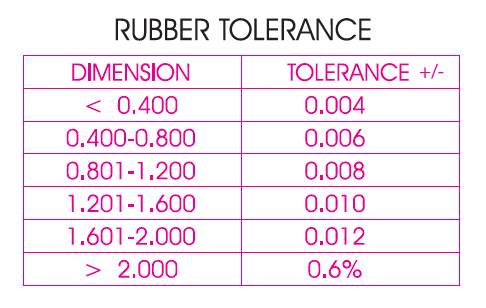

- Asme y14.5 2009 dimensioning and tolerancing full#
- Asme y14.5 2009 dimensioning and tolerancing pro#
- Asme y14.5 2009 dimensioning and tolerancing iso#
- Asme y14.5 2009 dimensioning and tolerancing series#
It has hundreds of graphics that show parts in practical assemblies, the application on the drawing, along with graphical inspection techniques and data reporting procedures.


The book is designed for engineers, designers, manufacturing and quality personnel. It has 17 units that begin with the basic fundamentals that gradually progress through the advanced concepts of tolerance boundaries and simple stack-up calculations. The book is written in a simple easy to understand language.
Asme y14.5 2009 dimensioning and tolerancing full#
The full color graphics makes the datum reference frame and tolerance zones stand out and concepts clear and easy to understand. The color graphics make the drawings and tolerance zones “pop” off the page. The book has 380 pages with hundreds of graphics in full color.
Asme y14.5 2009 dimensioning and tolerancing iso#
The book is complete and also has excerpts listing the similarities and differences from the international, ISO standards on dimensioning and tolerancing. It has tables of symbols and an appendix that lists all the improvements and changes from the earlier ASME Y14.5M-1994 standard so it can be used to interpret the latest or earlier standards on geometric tolerancing. It is written to the latest ASME Y14.5-2009 standard on dimensioning and tolerancing. The book was released in mid-2009 and is recognized as the “Gold Standard” to interpreting geometric tolerancing.
Asme y14.5 2009 dimensioning and tolerancing pro#
The primary differences between ASME and ISO standards related to GD&T are associated with the appearance and meaning of certain symbols.The GeoTol Pro book is a professional grade, must have a companion for all personnel using geometric tolerancing. When necessary, differences between ASME Y14.5-2018 and related design and drafting standards are explained. Important differ- ences between ASME Y14.5-2018 and earlier editions, such as ASME Y14.5- 2009, are explained when necessary. It allows for com- munication of the functional design intent of parts and assemblies to everyone involved in N O T E This textbook focuses on the GD&T practices and theory provided in the ASME Y14.5-2018 Dimensioning and Tolerancing standard. GD&T is a design tool that offers a number of benefits in design and production. The purpose and relation- ship of a particular feature of a part dictates dimensioning and tolerancing practices. But, product design and manufacturing tools, equipment, materials, and pro- cesses are not perfect, and so end product geometry is not perfect. Benefits of GD&T A design concept, drawing, model, or document can represent the perfect size and shape of geometry. Example 1-4 shows some of the many published ISO standards related to dimensioning and tolerancing. ISO standards use multiple documents, many of which are grouped into several parts, to define engineering design and drafting practices and theory. For example, the ISO/TC 213 Dimensional and geometrical product specifications and veri- fication committee develops geometrical product specifications (GPS) standards for dimensioning and tolerancing. ISO technical committees are designated with the abbreviation ISO/TC followed by a number reference. ISO standards are prepared by ISO technical committees. ISO provides an extensive number of standards applicable to design and drafting. Example 1-3 shows some of the standards in the Y14 series.
Asme y14.5 2009 dimensioning and tolerancing series#
The Y14 series includes standards related to drawing applications such as drawing formats, line conventions, dimensioning and tolerancing, and revisions, and specialty applications such as rep- resenting screw threads, gears and splines, and castings and forgings.


 0 kommentar(er)
0 kommentar(er)
